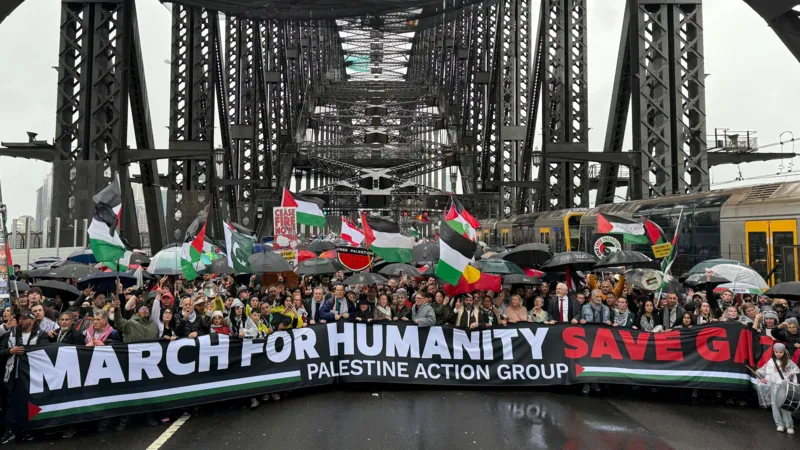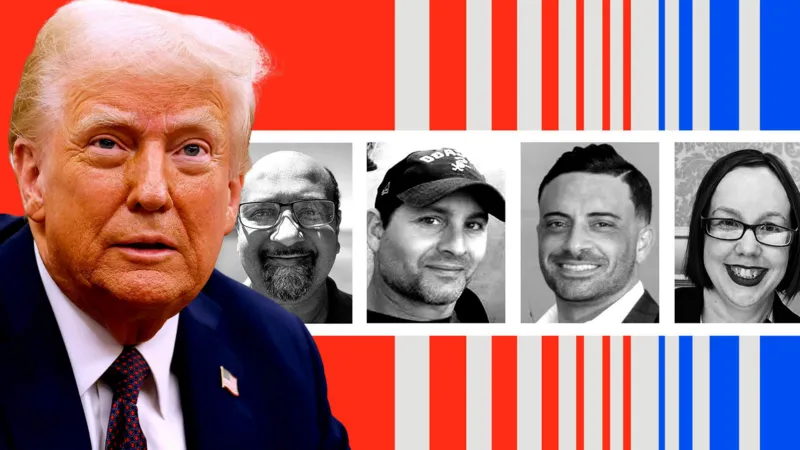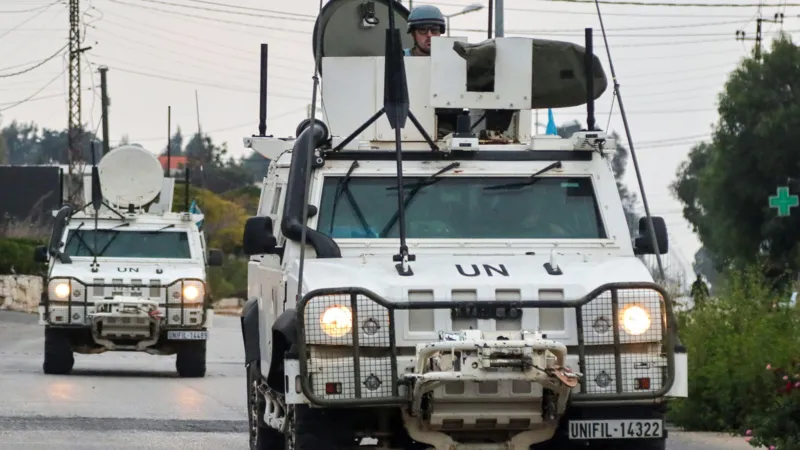Sudan crisis: Mass displacement and death
Over the past month, the conflict between two military groups in Sudan has reached what experts say is a grim turning point. The country's future is even more unclear.

War crimes, massacres, mass displacement and a worsening humanitarian crisis have been reported during eight-month conflict in Sudan, and many observers are now asking whether the country is on the brink of becoming a failed state or being split apart.
On Friday, the UN Security Council agreed to end its special Integrated Transitional Assistance Mission in Sudan, also known as UNITAMS. The Sudanese government had requested that the mission end because it "was failing to meet expectations."
UNITAMS was established in 2020 to support Sudan's transition toward democracy after a combination of military pressure and civilian protests succeeded in ending the rule of the country's long-running dictator, Omar al-Bashir. Instead of moving toward democracy, though, Sudan seems to be moving toward even more turmoil and violence.
UN bodies operate at the pleasure of host governments and have faced more hostility in African nations recently, especially in countries such as Mali and Gabon, which have recently undergone coups. The United Nations still has other agencies operating in Sudan.
Situation is 'unprecedented'
Two major military groups inside Sudan have been fighting one another since April. They are the Sudanese Armed Forces, or SAF, and the Rapid Support Forces, or RSF.
The SAF has about 200,000 personnel and is headed by Abdel Fattah al-Burhan; it works more like a regular army. Meanwhile the RSF is estimated to have 70,000 to 100,000 personnel and is headed by Mohammed Hamdan Dagalo, better known as Hemedti. The RSF works more like a guerrilla force.
The SAF has more equipment, including tanks, helicopters and an air force, but is not as battle-hardened as the RSF.
The forces are relatively equal in terms of ability, and neither has managed to overpower the other. This has led to what the German Institute for International and Security Affairs calls a "strategic stalemate."
The fact that the RSF and SAF are equally strong is a result of how they were formed, experts say. Former dictator al-Bashir first created the RSF in 2013 as a counterbalance to the SAF to ensure that the military never got too strong to challenge his rule and launch a coup.
The RSF evolved from the notorious Janjaweed militias in Darfur, which were formed by fighters in Arab tribes in that area. One of the Janjaweed's main objectives was the targeting of non-Arabs in Darfur, and this has continued.
That makes the current situation "unprecedented," Hager Ali, a research fellow at the German Institute for Global and Area Studies (GIGA), told DW. "There are two military organizations that are fairly evenly matched, but that have no platform or interface between them for negotiations," said Ali, who has published extensively on Sudan. "When it comes to peace building and the negotiations, there's not much of a playbook for this particular constellation."
Months of conflict
After the end of al-Bashir's regime, the military agreed to share power with civilians until real elections could be held. That was in August 2019.
In late 2021, any transition toward democracy ended when the Sudanese military took control of the country in a coup. That included both the SAF and the RSF.
Nonetheless, negotiations about how to share power between all actors, including civilian parties, went on, even though they were very difficult. The two militaries effectively managed to exclude Sudanese civil society from national politics, Ali said.
In March, a proposal that would have seen the RSF absorbed by the SAF worsened tensions between the militaries. Growing political ambitions held by RSF chief Hemedti reportedly also played a part.
A basic framework agreement to lead Sudan toward a democratic transition had been signed in late 2022 by all military actors, including the SAF and RSF, as well as more than 40 civilian groups. It was supposed to be finalized in mid-April.
Fighting between the SAF and RSF began in April.
Sudan's humanitarian situation
Human rights organizations report a litany of grave offenses committed by the RSF since early November, including murder, rape, robbery and arson. Survivors report seeing men rounded up and shot en masse, as well as killed with axes and machetes.
Just as they have previously, the RSF has targeted non-Arabs in Darfur and, in particular, members of the Masalit community. The RSF had already driven hundreds of thousands of members of the Masalit tribe out of the area earlier in 2023.
In November, an estimated 800 to 2,000 people, mainly civilians, were killed in fighting. A further 8,000 were displaced, with many fleeing into neighboring Chad.
There are already about half a million Sudanese in Chad who were displaced by previous fighting.
"This has become the largest displacement crisis on the continent at least, and possibly in the world," Will Carter, the Sudan country director for the Norwegian Refugee Council, told listeners last week during an online conference held by the Washington-based Center for International and Strategic Studies.
"It's a bleak situation," Carter said. "And, to be honest, we're bracing for it to get worse next year. Famine is not off the table. There are some of the worst types of atrocities being committed and very little to contain them and a collapsing state, [making] health care, education systems but also even basic banking unlikely," he added.
"The numbers are huge, funds are low, and operational capacity [for aid providers] is low," Carter concluded.
Since the latest clashes, the humanitarian situation in Sudan has only worsened. Previously there were an estimated 15.8 million people in need of humanitarian assistance, agencies say. Now, there are thought to be close to 25 million.
"The humanitarian impacts are the No. 1 reason to worry about this," Malte Lierl, a research fellow at GIGA, told DW. "It's going to overwhelm a country like Chad, and it will affect the broader region, too."
What happens next?
Some observers have suggested that the current fighting could cause Sudan to split in half, with two separate states being formed. Others think that the fighting could remain deadlocked, evolving into a similar situation as in neighboring Libya, where two halves of the country are ruled by opposing parties.
Neither the RSF or SAF wants to make any concessions toward ending the current fighting, Ali said, which doesn't bode well for a new peace agreement.
"But one of the really big things that will be decisive is each party's capacity to govern and to mobilize local people in their favor," she said.
That is where the two sides are not evenly matched, Ali noted. The SAF has most of the structures of government with it, in its base of Port Sudan. Economics will also play a role, and it will depend on who will be able to access Sudan's most important resources. In that sense, the RSF controls important territory.
Nobody really knows what will happen next, Ali said. Returning to the kind of power-sharing peace deal that existed before seems unlikely because it would force both the RSF and SAF to make too many concessions and lose personal power and wealth.
"Basically the two sides are conspiring to divide power and resources at the expense of society," Ali said.
Source: DW







